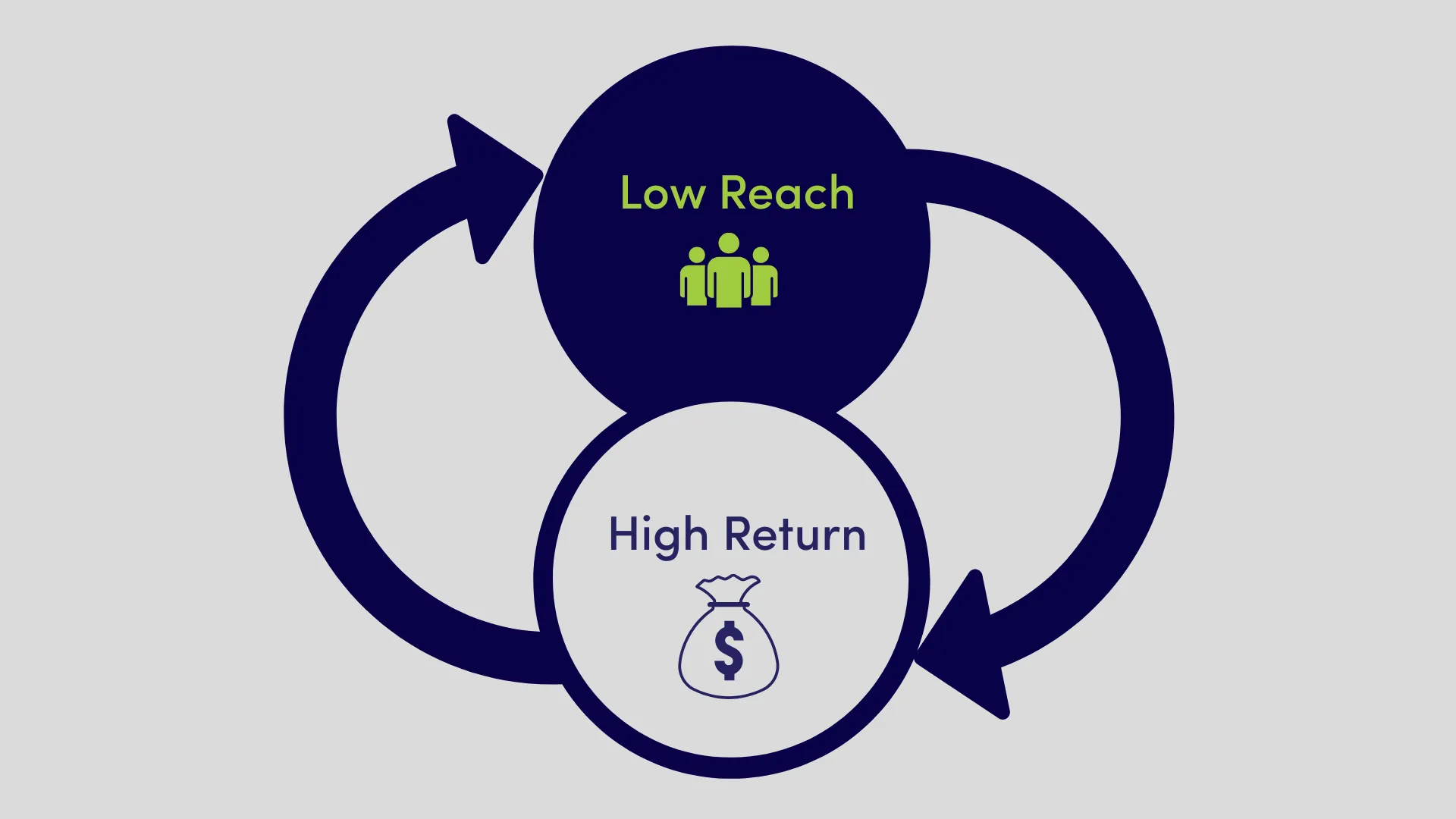It’s a total coincidence that the title of this article rhymes, but hey, let’s make it a catch cry; thrive in 2025!
This year is shaping up to be a transformative period for marketing, redefining how brands connect with consumers. As consumer behavior evolves faster than ever, businesses must adapt or risk falling behind. Consumers are getting smarter, so we need to rethink how we market to them. That’s where marketing intelligence (MI) becomes a game-changer.
What does Marketing Intelligence actually mean?
It may sound like just another buzzword, but MI delivers real value. It provides timely, relevant information across various areas of marketing and operations, including innovation, product development, distribution, promotion, pricing, sales and production.
Marketing intelligence is often confused with market research. While market research focuses specifically on understanding what current and potential customers think, how they act and which trends interest them, MI takes a much broader approach – one that we’ll explore in detail below.
What does Marketing Intelligence involve?
Understanding your market is essential for maximising success and minimising risks. Market intelligence tools typically focus on the following areas to create a comprehensive market overview:
1. Market Research
Market research helps identify consumer attitudes, desires and purchasing behaviours. It also assists in market segmentation and defining target audiences.
2. Digital Marketing Analytics
By analysing your digital assets, you can uncover valuable insights to refine your digital marketing strategy. This data helps assess performance, identify strengths and pinpoint areas for improvement.
3. Audience Segmentation
Integrating market research data allows you to identify patterns and preferences within your audience. With precise segmentation, you can develop tailored strategies that enhance brand reach and engagement.
4. Sentiment Analysis
By analysing audience comments, behaviours and social media posts, sentiment analysis helps gauge emotions, opinions and trends. This enables you to adjust your messaging and marketing strategies to better connect with your audience.
5. Marketing Insights
Analysing your marketing data reveals customer trends, preferences and behaviours. Use these insights to tailor campaigns, enhance engagement and increase conversions, ensuring your messaging resonates with your target audience.
How to use Marketing Intelligence effectively
Leveraging marketing intelligence requires a strategic approach. Here’s how to make the most of it:
Performance Tracking & Measurement
The first step in implementing a marketing intelligence program is setting clear goals and defining how success will be measured. Ask yourself:
- What key questions is my business trying to answer?
- Is the focus on developing specific customer segments?
- Is the goal to expand into new markets?
By establishing precise objectives, you can analyse data effectively and make informed business decisions. Goals should remain flexible (remember KISS), evolving based on updated insights.
Use Accurate, Real-Time Data
Marketing intelligence relies on access to large volumes of relevant, accurate data. The more data you have, the more actionable insights you can generate. However, quality is just as, if not more important as quantity. Outdated or insufficient data can lead to misleading conclusions.
In today’s fast-paced digital landscape, real-time data is crucial. Consumer preferences can shift overnight, making it essential to monitor trends continuously.
Look at the recent Northern Brewing Co debacle as an example. This underscores how quickly public sentiment can change and impact a brand.
Thrive in 2025!
We’ve been working on something pretty exciting that will revolutionise the way you understand and engage with your market in 2025 and beyond. We’ll reveal more details when the time is right. To be among the first to know about this exciting development, subscribe to our newsletter.

A billion searches were made on ChatGPT last week alone. Now, OpenAI is turning those queries into a powerful new retail experience. ChatGPT recently launched its AI [...]

Google’s AI Overviews are reshaping search by pulling answers from the places people are actually talking: Reddit, YouTube, Quora and other community-driven platforms. According to new data [...]

Quick Website Audit Checklist When was the last time you really looked at your website through the eyes of a customer? We often assume that once [...]

When you see a paid ad, nine times out of ten, you're probably not clicking on it. Instead, you'll likely hop over to Google, search the brand [...]

In digital advertising, audience targeting has always been both an art and a science. But what if the science just got smarter - a lot smarter? We’ve [...]

With attention spans getting shorter and competition fiercer, brands are constantly searching for that magic formula to stand out. But the answer isn’t always a bold campaign [...]

A billion searches were made on ChatGPT last week alone. Now, OpenAI is turning those queries into a powerful new retail experience. ChatGPT recently launched its AI [...]

Google’s AI Overviews are reshaping search by pulling answers from the places people are actually talking: Reddit, YouTube, Quora and other community-driven platforms. According to new data [...]

We recently posted a simple promotion on a client’s social media account. It was about a niche product - nothing flashy, not designed to go viral, just [...]

Starting July 10, 2025, public posts from professional Instagram accounts will start appearing in Google search results. That means your photos, Reels and videos could soon show [...]

One of the most common concerns we hear from clients is: “I feel like we’re repeating ourselves too much.” They worry that saying the same message more [...]

Quick Website Audit Checklist When was the last time you really looked at your website through the eyes of a customer? We often assume that once [...]

In a world where marketers battle for every second of audience attention, Labubu – a quirky character from Pop Mart’s “Monster” series - has done the seemingly [...]

